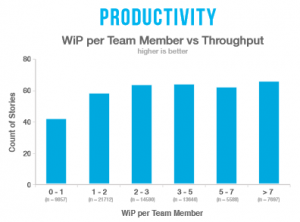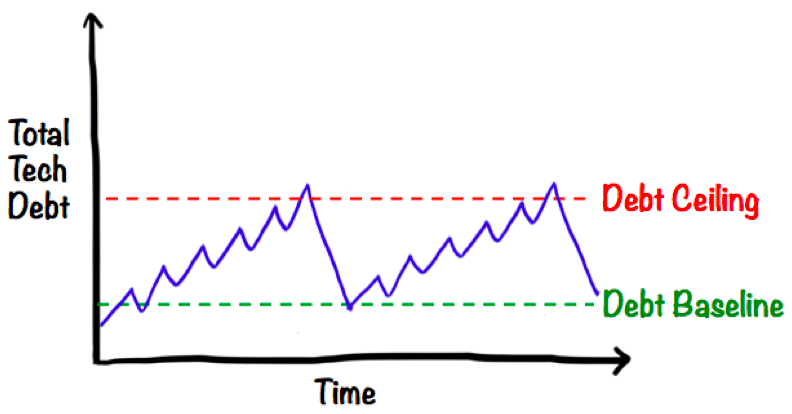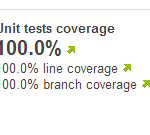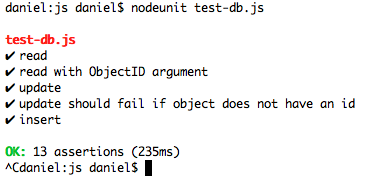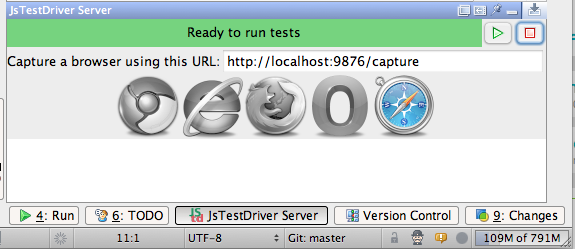In modern software development there are three development practices that everyone should strive to apply:
- Automated testing
- Pair or mob programming
- TDD, test driven development
After many years of using and researching these practices in the development community there is no longer any question whether these engineering practices bring value or not – they do. It’s not a matter of opinion, it’s a matter of fact. We know that now.



